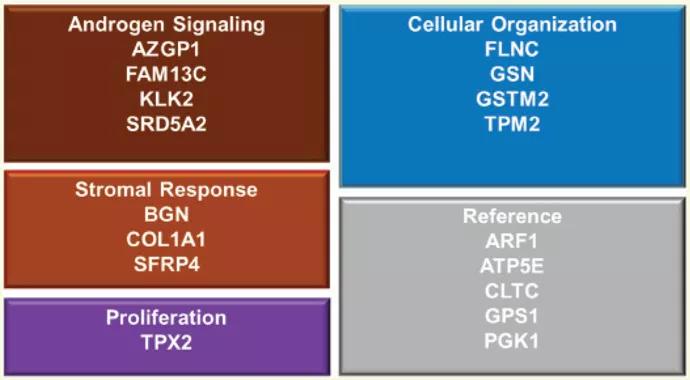
Advertisement
Cleveland Clinic is a non-profit academic medical center. Advertising on our site helps support our mission. We do not endorse non-Cleveland Clinic products or services. Policy
A presentation at the American Urological Association in San Diego on May 8, 2013, marked a watershed moment for patients with early-stage prostate cancer considering active surveillance.
That morning, the results of a validation study performed at the University of California at San Francisco (UCSF) that was based on developmental work undertaken at Cleveland Clinic’s Glickman Urological & Kidney Institute showed that a 17-gene signature performed on prostate biopsies could accurately predict the presence or absence of adverse pathology on radical prostatectomy specimens.
The signature, called the Genomic Prostate Score (GPS) and marketed by Genomic Health Inc. as Oncotype DX® Prostate, helps identify men who are good candidates for active surveillance. The commercialization of GPS represented the culmination of seven years of developmental work and clinical validation studies.
One major barrier to more widespread adoption of active surveillance is uncertainty on the part of both patients and physicians as to whether a biopsy showing low-volume Gleason 6 cancer is reflective of the biology of the entire prostate.
Current clinical practice is typically to perform a repeat biopsy soon after initial diagnosis, and at some centers to perform a prostate MRI, but neither of these methods has been sufficiently clinically validated to completely assuage concerns about undergrading or understaging.
GPS was specifically designed to address this issue. In the initial development study, the primary and highest Gleason pattern tumors contained in radical prostatectomy specimens were microdissected, and gene expression signatures were measured independently in each tumor.
Advertisement
The results showed that a subset of genes could predict clinical outcomes regardless of whether they were measured in the primary or highest grade. This suggests that if expression of the same genes was measured in a prostate biopsy, the result would be informative about the biology of the entire prostate.
Two subsequent studies, one at Cleveland Clinic and the one at UCSF previously mentioned, demonstrated that gene expression on biopsy could predict for the presence of a dominant pattern 4 cancer or extracapsular disease, both of which are features that are desirably avoided in men managed by surveillance.
The clinically available GPS is derived from biopsy material from an individual patient and is reported on a scale of 0 to 100, with lower scores indicative of a higher likelihood of having favorable pathology (i.e., absence of dominant pattern 4 disease and absence of extracapsular disease), and helps discriminate individual risk in men categorized with National Comprehensive Cancer Network very low-, low- or intermediate-risk disease.
The overdiagnosis of nonlethal prostate cancer by PSA screening has resulted in a paradigm shift in the management of newly diagnosed disease. The main question men should ask is no longer “What is the best treatment for my cancer?”, but rather, “Does my cancer need to be treated at all?”
The development of the GPS helps usher in an era of precision medicine, where the correct answer to the question on need for treatment is less of a clinical judgment than a decision informed by an individual’s tumor biology.
Advertisement
Eric A. Klein, MD, is chairman of Cleveland Clinic’s Glickman Urological & Kidney Institute.


Advertisement
Advertisement
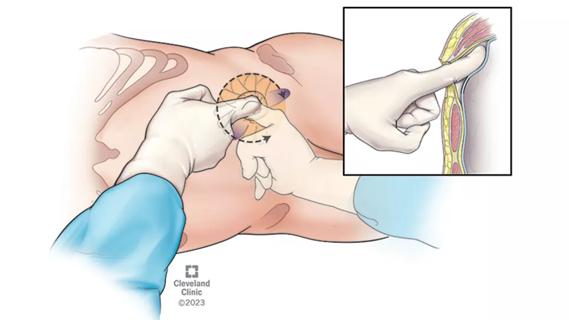
Pioneering and refining the approach in pyeloplasty, nephrectomy and more

Unlike earlier pills, new drugs do not cause liver toxicity

Male factors play a role in about half of all infertility cases, yet men often are not evaluated

Hadley Wood, MD, shares her vision as the new editor-in-chief of Urology
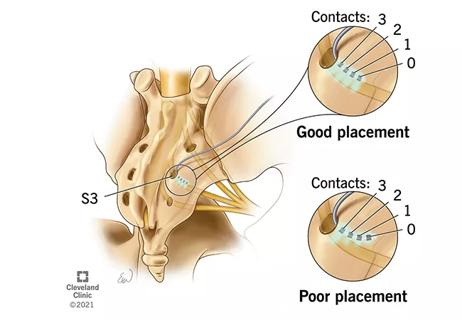
Study leverages data from the ROSETTA trial
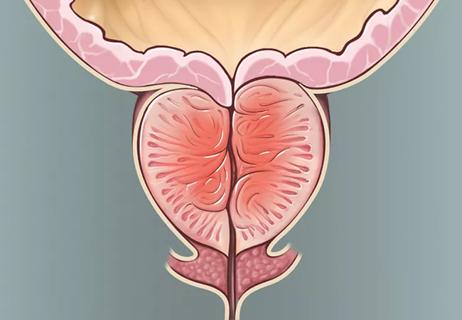
More on the procedure and the institutional experience

Explain some, but not all, of lower utilization
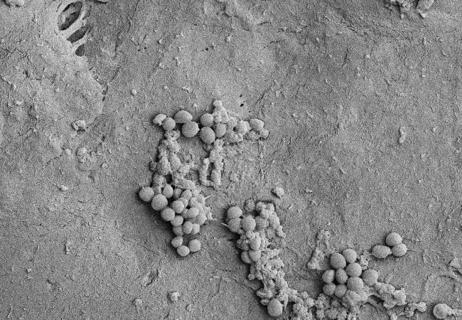
Study analyzes device biofilms, establishes basis for future developments